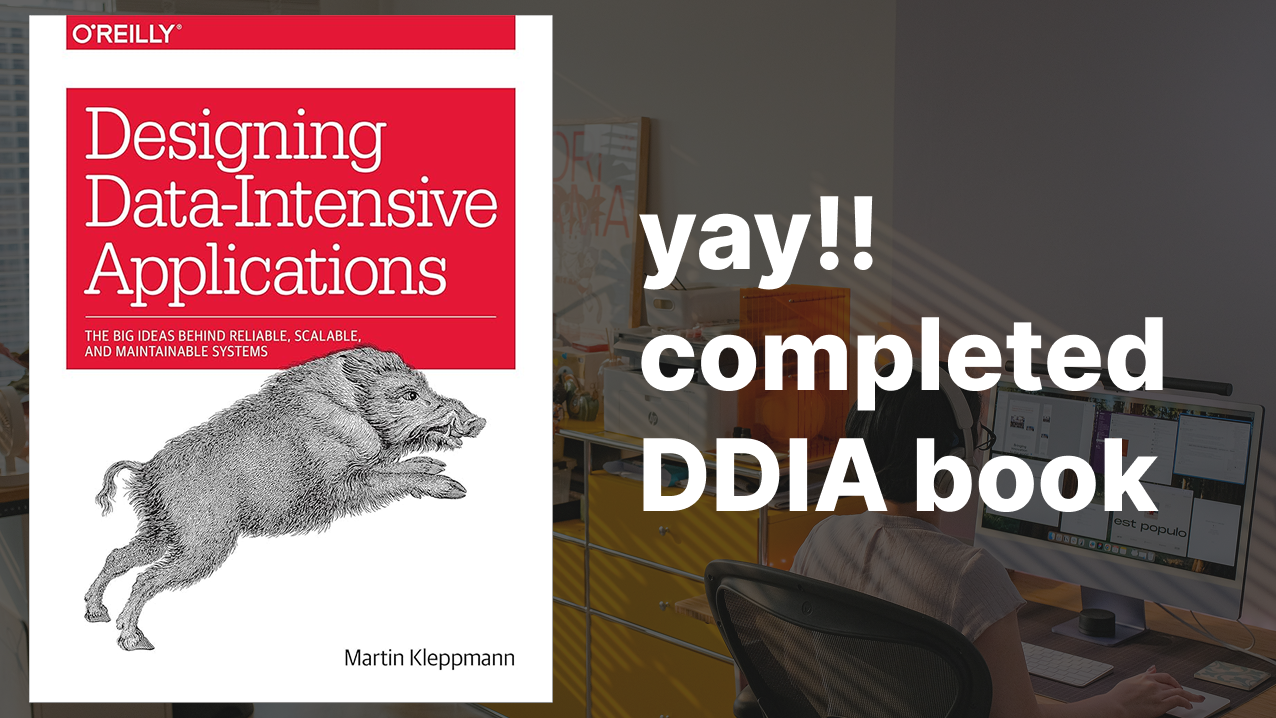Finally Completed Designing Data Intensive Application Book
2 min readI Finally Finished Reading DDIA – Here’s What I Learned
I’ve finally completed Designing Data-Intensive Applications (DDIA). This book is one of the most popular and recommended book for engineers, and I now understand why it’s considered essential reading for anyone building scalable, resilient systems.
It took me three months of reading to complete this book, balancing a full-time job, personal commitments, and the occasional bout of procrastination.
Do watch my YT video on it
why I recommend this book to engineers, architects, and tech leads alike:
1 . Data Systems Demystified
The book begins by grounding readers in the fundamentals of data systems—storage engines, indexes, logs, and databases.
It dives deep into the trade-offs between different system designs (e.g., OLTP vs. OLAP, document vs. relational databases), helping you make better architecture decisions.
2 . Distributed Systems — With Real-World Trade-Offs
This is the heart of the book. From replication and partitioning to consensus algorithms and failure handling, Kleppmann explains the why behind every design choice.
You’ll walk away with a strong mental model for designing resilient, fault-tolerant, and eventually consistent systems.
3 . Batch and Stream Processing
The final section covers data processing pipelines—how data flows from ingestion to analytics, whether in real-time or batches.
It helped me better understand tools like Kafka, Flink, Hadoop, and how to design systems that evolve over time without losing integrity or availability.
My Takeaways
No One-Size-Fits-All: DDIA reinforces that system design is always about trade-offs. Consistency, availability, and partition tolerance—pick your battles.
You Need to Think in Systems: Modern architectures (microservices, event-driven design, etc.) require a solid grasp of distributed thinking, not just language-specific skills.
DB underlying: Understanding how databases evolved—from B-trees to LSM-trees to CRDTs—gives you better foresight into current and future trends.
Would I Recommend It?
Absolutely. If you’re serious about designing scalable systems—or leading teams that do—this book is non-negotiable. It will challenge your assumptions, solidify your fundamentals, and make you think like a systems designer.
Yes, it’s dense. Yes, it gets boring academic at times. But that’s where the value is. It doesn’t teach you a single tool or framework; it teaches you how to think.
Happy Learning!!

